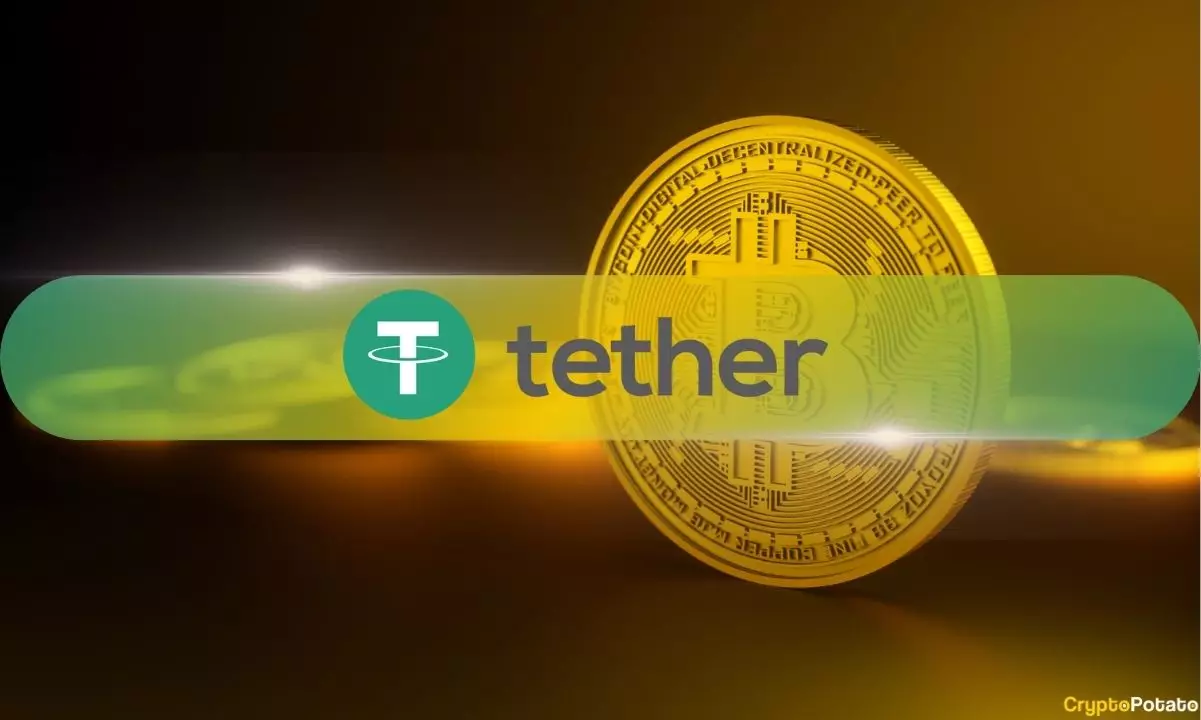Tether, one of the foremost stablecoin issuers, has made a significant move to incorporate its stablecoin, USDT, into the Bitcoin ecosystem. This innovative integration encompasses both Bitcoin’s base layer and the Lightning Network, seamlessly connecting USDT with the world of Bitcoin. The technical backbone of this integration relies on Taproot Assets—a groundbreaking protocol developed by Lightning Labs that is built upon Bitcoin’s Taproot upgrade. This strategic announcement was unveiled during a fireside chat at the inaugural Plan ₿ Forum in El Salvador, featuring insights from Tether’s CEO, Paolo Ardoino, and Lightning Labs’ CEO, Elizabeth Stark.
Ardoino underscored Tether’s commitment to fostering innovation within the Bitcoin landscape, emphasizing that the addition of USDT to the Lightning Network will not only bolster Bitcoin’s core values of decentralization and security but will also render practical solutions for various financial applications. This integration aims to address issues common in financial transactions such as speed, efficiency, and reliability—an essential boon for remittances and payment services. With the rise of cryptocurrency transactions, the need for efficient and reliable financial solutions remains paramount, and Tether’s initiative is poised to meet this demand head-on.
The partnership between Tether and Lightning Labs signals a concerted effort to enhance the Bitcoin ecosystem and promote widespread adoption. The two entities have pledged to collaborate in resource development, providing vital support for developers and users alike. This continued cooperation can accelerate innovation and the growth of Bitcoin as an everyday currency, transforming how individuals and businesses interact financially.
Once fully operational, the integration of USDT on the Lightning Network will offer users the capability to execute cross-border transactions with unprecedented speed and diminished costs—an improvement over traditional methods. This transition represents a turning point for businesses and payment providers already leveraging the Lightning Network for Bitcoin transactions, as they will be able to adopt USDT without needing significant changes to their existing systems. This flexibility could potentially lead to greater market stability and user satisfaction, further solidifying Bitcoin’s role in global finance.
Moreover, the integration of USDT could catalyze the evolution of Bitcoin’s decentralized finance (DeFi) landscape. It opens the door for innovative applications that go beyond mere transactions, such as lending and trading platforms, which could benefit greatly from the reliability and liquidity provided by USDT. Furthermore, the potential for machine-to-machine transactions could introduce AI-driven payments, paving the way for integrations with autonomous systems and creating a novel avenue for financial automation.
In the wake of these developments, Tether’s recent move to El Salvador—with the acquisition of a Digital Asset Service Provider license—aims to position it at the forefront of this financial evolution. El Salvador’s unique status as the first country to accept Bitcoin as legal tender has already showcased the challenges and opportunities that lie within the crypto landscape. By intertwining its future with the Lightning Network and the broader Bitcoin ecosystem, Tether is set to influence the trajectory of cryptocurrency adoption globally, sparking new discussions about its role in the future of finance.

